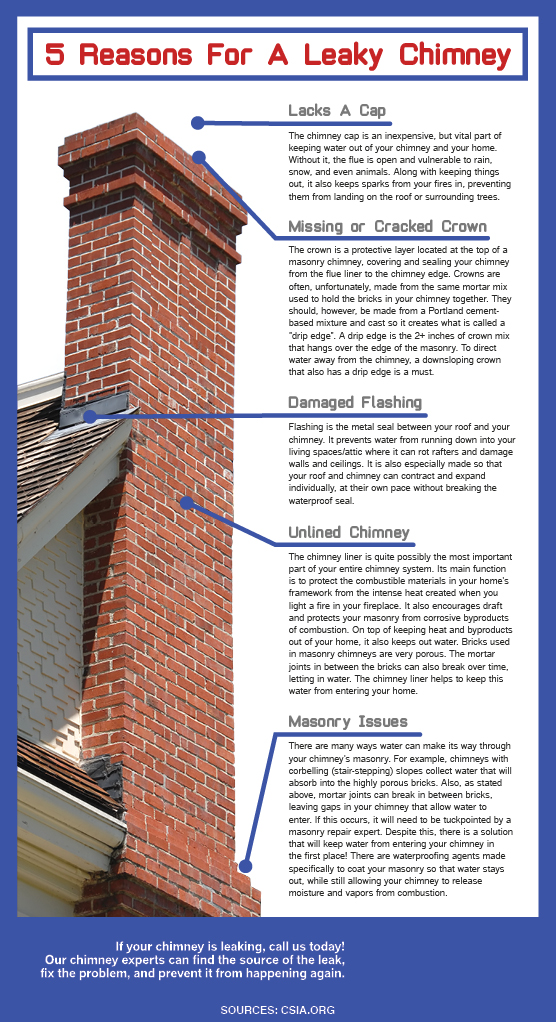Just How To Identify Roofing Damages Before It Develops Into A Major Issue
Just How To Identify Roofing Damages Before It Develops Into A Major Issue
Blog Article
Created By-Drew Dobson
To protect your home from potential expensive repair work, identifying roofing system damages early is essential. By watching out for subtle signs like missing out on roof shingles or water spots, you can capture concerns before they aggravate. But what regarding those typically forgotten locations that could mean surprise problems prowling over you? Remain tuned to find vital tips for detecting roof damage before it intensifies right into a major migraine.
Very Early Warning Signs
Detecting roof damages early can save you time and money. One crucial very early warning sign to watch out for is missing or damaged tiles. If you see any kind of roof shingles that are broken, crinkling, or completely missing, it's necessary to deal with the concern promptly. These harmed tiles can leave your roofing at risk to leakages and more damages.
Another indicator to look for is water spots on your ceiling or wall surfaces. These spots can indicate a leak in your roof that requires prompt attention. Overlooking these water stains can cause extra substantial and expensive fixings down the line.
Additionally, watch for any type of indicators of sagging or drooping areas on your roofing system, as this can suggest architectural damages that needs to be dealt with immediately.
Exterior Inspection Tips
On a regular basis inspecting the exterior of your roofing system is vital for keeping its integrity and identifying potential damage early. Begin by analyzing the roof shingles-- try to find any type of missing, cracked, or curling shingles, as these can be indicators of roofing damages.
Inspect the seamless gutters for granules from the roof shingles, as too much granule loss may symbolize aging or weathering. Focus on the flashing around vents, smokeshafts, and skylights, ensuring they're securely sealed and devoid of fractures.
Look for indicators of moss, algae, or mold growth, as these can result in roof covering deterioration otherwise dealt with immediately. Additionally, examine the fascia and soffits for any kind of water stains or rot, which could indicate water damages.
Last but not least, examine the overall problem of your roofing from the ground, seeking any type of sagging areas or visible dips. By conducting these exterior inspections on a regular basis, you can capture roof covering damages early and prevent it from developing into a significant trouble.
Inside Red Flags
When evaluating your roof for possible damage, don't neglect the relevance of examining the interior of your home. Inside warnings can typically be early indications of roofing problems that require focus.
Begin by analyzing find more for any water spots or discoloration, as these can signal a leak in the roofing. An additional crucial location to inspect is the attic room, where signs of water damages, mold and mildew, or mold may show a roof covering trouble.
Pay attention to any kind of stuffy odors or a visible rise in humidity degrees, as these can also be indications of water breach from a damaged roofing. In addition, drooping areas in the ceiling or walls need to be taken seriously, as they could be a result of water damages weakening the framework.
If you see any one of these indoor warnings, it's critical to have a specialist roofer examine the scenario without delay to prevent additional damages and costly fixings.
window installers near me
By remaining alert and routinely checking for very early indication of roof covering damages, you can avoid small issues from becoming major issues. Watch out for missing or harmed shingles, water discolorations on ceilings or walls, and any drooping or drooping areas on the roofing system. By addressing these issues quickly, you can save yourself from expensive repair work and ensure your roofing stays in good condition for several years to come. Remain proactive and protect your home from possible damages.
